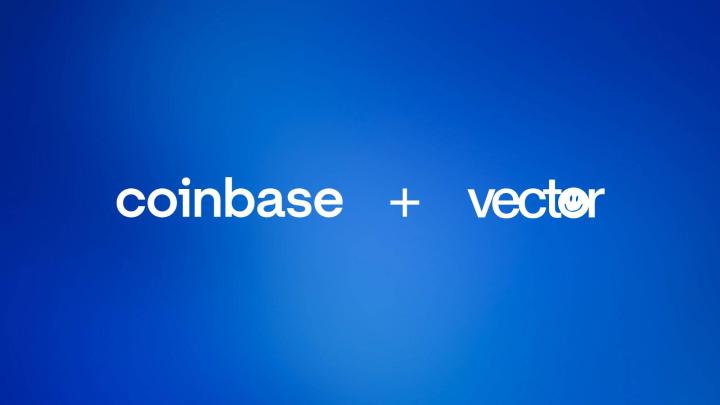Nvidia has been one of the big winners from the AI boom. Its most recent quarterly results showed revenue of $57 billion and profit of $31.9 billion, record numbers by all standards.
But instead of celebrating, the stock has been volatile: up 5% after the results were announced, then down within 18 hours. Investors, algorithms, and market watchers are wondering a key question: Is Nvidia’s AI growth as solid as it appears on paper?
NVIDIA's financial model under scrutiny as big-name investors bet against it
The first warning sign is the amount of money that hasn’t actually been paid. Nvidia has $33.4 billion in unpaid customer bills, nearly double what it was a year ago. On Medium, it takes customers 53 days to pay, compared to 46 days previously.
Meanwhile, the company has $19.8 billion in unsold chips sitting on inventory, but management says demand is strong.
“Both cannot be true…Either customers are not buying or they are buying without cash. Cash flow tells the real story,” said Shanaka Perera in a post.
Another worrying sign is the gap between profits and actual cash. Nvidia reported $19.3 billion in profits, but only generated $14.5 billion in cash. That means $4.8 billion of “profit” never actually showed up in the bank.
By comparison, other chipmakers like TSMC and AMD convert almost all of their profits into cash. Nvidia's lower ratio raises questions about whether much of its growth is real.
“Healthy chip companies like TSMC and AMD convert more than 95% of their profits into cash. Nvidia converts 75%. That’s alarming,” Perera added.
The problem gets even more complicated when XEM how AI companies buy from each other. Nvidia sells chips to companies like xAI, Microsoft, OpenAI, and Oracle. Many of these deals are funded by loans or lines of credit from those same companies, meaning the money is counted multiple times as revenue.
Michael Burry warns on Nvidia's revenue and demand
Michael Burry , the investor famous for correctly predicting the 2008 crisis, called this “a questionable way of recording revenue,” warning that real demand from end users may be very small.
Burry also pointed out that Nvidia’s share buybacks may hide another risk. Since 2018, the company has spent $112.5 billion on share buybacks, while also issuing new shares.
This effectively dilutes existing shareholders. He also questions whether older GPUs, which use more power than newer models, are really as valuable as the company claims.
“Just because something is in use doesn't mean it's profitable,” he said .
Some big investors seem to agree. Peter Thiel is said to have sold all of his Nvidia shares , and SoftBank has sold $5.8 billion worth.
At the same time, speculation around AI appears to be affecting the crypto market . Bitcoin has fallen nearly 30% since October, in part because AI startups have used $26.8 billion in Bitcoin as collateral, which could be sold if Nvidia shares fall further.
Not everyone is worried. Supporters point to Nvidia’s $23.8 billion in cash flow, a huge backlog of orders from companies like Microsoft and Meta, and some insider trading that is standard in the tech industry.
Still, a recent Bank of America survey found that 45% of fund managers see AI as a major market bubble risk, a concern Chia by global regulators like the IMF and the Bank of England.
The next few months could be crucial. Analysts are watching Nvidia’s Q4 results in February 2026, a possible credit downgrade in March, and any adjustments in April.
The company’s performance could determine whether the AI craze continues or whether the recent market panic signals a broader downturn. Either way, Nvidia’s story is now a test case for the AI-driven technology era.








